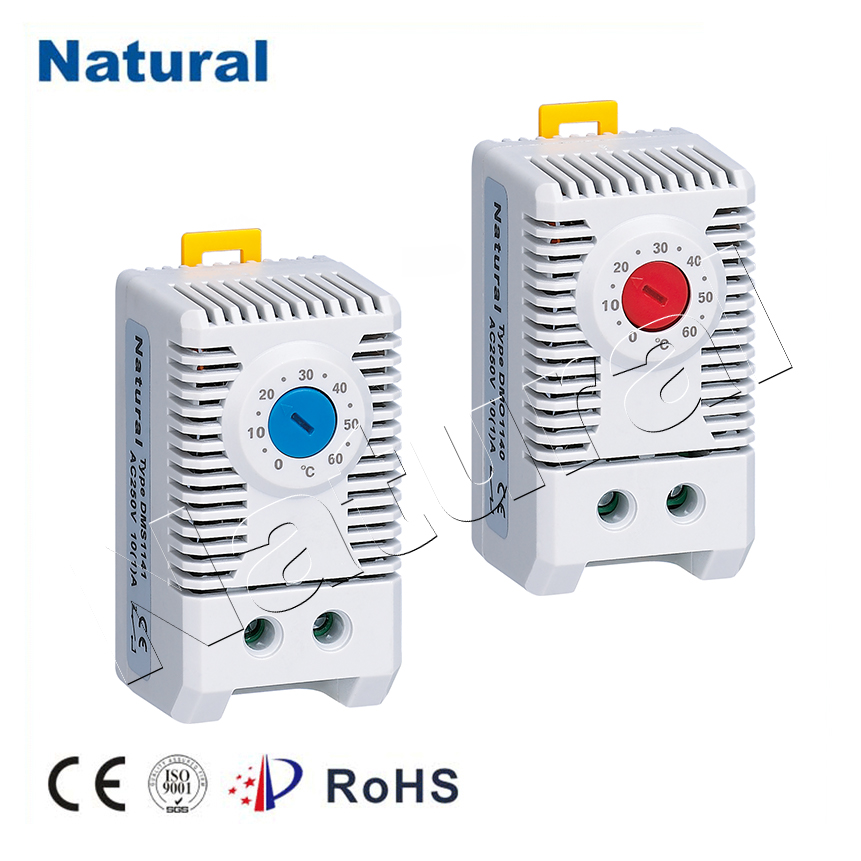Industrial thermostats play a crucial role in various manufacturing and industrial processes, ensuring that temperatures are controlled precisely to optimize efficiency and product quality. These specialized devices are designed to withstand the harsh conditions of industrial environments and are instrumental in preventing equipment overheating, maintaining product consistency, and reducing energy consumption.

1. Precision Temperature Control In industrial settings, temperature control is often paramount. Whether it’s in the food industry, pharmaceuticals, or metalworking, maintaining precise temperature levels is vital for the quality and consistency of the end product. Industrial thermostats are engineered to offer precise and stable temperature control, helping industries meet stringent quality standards. 2. Diverse Applications Industrial thermostats find applications across a wide range of industries. In the food industry, they regulate temperatures in ovens, refrigeration units, and fermentation processes. In pharmaceutical manufacturing, they ensure the stability of drugs and vaccines during production and storage. Moreover, these thermostats are indispensable in maintaining optimal conditions in industrial HVAC systems, preventing costly equipment damage and energy waste. 3. Durability and Robustness Industrial environments can be harsh, with exposure to extreme temperatures, moisture, dust, and vibration. Industrial thermostats are designed to withstand these challenges, featuring rugged enclosures and durable components that can operate reliably in such conditions for extended periods. This resilience ensures minimal downtime and maintenance costs. 4. Energy Efficiency Efficiency is a key concern in industry. Industrial thermostats contribute to energy efficiency by maintaining temperatures within narrow tolerances. By preventing overheating or underheating, these devices reduce energy consumption, subsequently lowering operating costs and minimizing environmental impact. 5. Remote Monitoring and Control Modern industrial thermostats often come equipped with remote monitoring and control capabilities. This allows operators to adjust temperature settings, monitor real-time data, and receive alerts or notifications through connected devices. This remote accessibility enhances operational flexibility and minimizes the need for on-site personnel, especially in critical or remote installations. 6. Compliance and Safety In industries like healthcare and food production, compliance with stringent regulations is mandatory. Industrial thermostats help companies adhere to these regulations by ensuring that products are manufactured, stored, and transported under the required temperature conditions. This not only guarantees product safety but also protects a company’s reputation and bottom line. 7. Cost Savings Industrial thermostats are an investment that pays off in the long run. By reducing energy consumption, preventing equipment breakdowns, and enhancing product quality, these devices contribute to significant cost savings over time. Moreover, their durability means that they have a longer lifespan, further adding to their cost-effectiveness. 8. Advancements in Technology As technology advances, industrial thermostats continue to evolve. New features such as predictive maintenance, data analytics, and integration with Industry 4.0 systems are becoming more prevalent. These advancements enable industries to further optimize their operations and make data-driven decisions for improved efficiency. In conclusion, industrial thermostats are indispensable tools in modern manufacturing and industrial processes. Their ability to provide precise temperature control, withstand harsh environments, and contribute to energy efficiency makes them a cornerstone of industrial operations. As technology continues to advance, these devices will play an increasingly crucial role in helping industries meet their efficiency, quality, and sustainability goals.